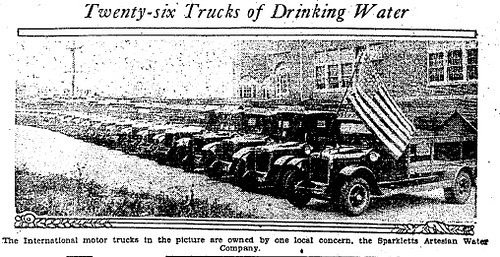 February 3, 1927
February 3, 1927
Seemingly Everywhere
It was another olla podrida fulla banditry in Los Angeles, which bubbled over and burned something fierce at El Molino and Ninth when a gent approached Frank Merlo, robbed him of $50 ($551 USD2006) cash and forced him to swap clothing.
Elsewhere, a truck containing $4,000 worth of cigars and tobacco, parked in front of the Glaser Brother’s establishment at 1028 Wall Street, just up and disappeared; a burglar capable of squeezing through a window not more than seven inches wide entered the Wrede Drug Company at 1327 Fairfax and made off with $200; persons unknown jimmied a rear door of Brunswig Drug at 4922 Santa Monica and btained $500 worth of cigarettes and delicious narcotics.
In residential news, Mrs. Elba Burdick was lightened of $1,000 worth of clothing, rugs and pesky jewelry that were cluttering up her place at 232 Carmelina Avenue; Nathan Lack now lacks one $600 diamond stickpin, formerly in residence at 831 South Harvard; Torato Nishlo was relieved of $500 in jewelry from 925 Hemlock; Dr. H. C. Hill of 806 Golden, also relieved of $500 in jewelry; Nathan Berger, of 2010 Brooklyn Avenue, also relieved of $500 in jewelry; and loot valued at less than $300 was pilfered from a dozen other residences, according to police reports.
Daylight is a good time to work as well—Sam Stone got his register rifled while looking the other way, Stone Furniture Company, 2711 Brooklyn Avenue.
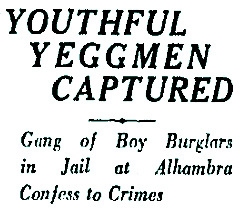 But fret not people of Los Angeles! The bulls have pinched (another) gang of li’luns, ages 15 to 18, who now make the Alhambra pokey their new clubhouse. Their leader was busting into the home of an F. R. Lee on North Wilson when popped, and quickly gave up his younger cohorts—they of reputable local families—and location of purloined rugs, cameras, revolvers, and the black masks (cute—last year) they wore during their heists. The youth of these masked marauders may account for the ability to slip through Wrede Drug’s tiny window. Unless it was those fabled fascistic interwar little people.
But fret not people of Los Angeles! The bulls have pinched (another) gang of li’luns, ages 15 to 18, who now make the Alhambra pokey their new clubhouse. Their leader was busting into the home of an F. R. Lee on North Wilson when popped, and quickly gave up his younger cohorts—they of reputable local families—and location of purloined rugs, cameras, revolvers, and the black masks (cute—last year) they wore during their heists. The youth of these masked marauders may account for the ability to slip through Wrede Drug’s tiny window. Unless it was those fabled fascistic interwar little people.
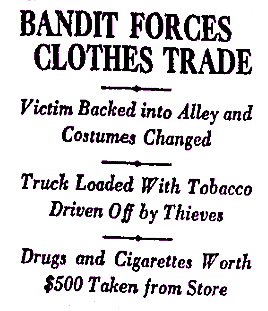

 W.H. Latour, a 71-year-old night watchman at the Lamanda Park Citrus Packing Plant in Pasadena, was propped up with a bottle of white lightning when he caught Tom Clark working on his car on the plant grounds. When Latour told him to leave, Clark nodded, and prepared to set off on his way.
W.H. Latour, a 71-year-old night watchman at the Lamanda Park Citrus Packing Plant in Pasadena, was propped up with a bottle of white lightning when he caught Tom Clark working on his car on the plant grounds. When Latour told him to leave, Clark nodded, and prepared to set off on his way.
 Earlier this month, police were called to
Earlier this month, police were called to 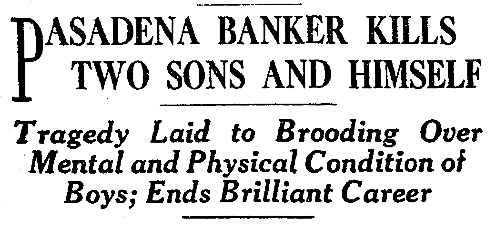

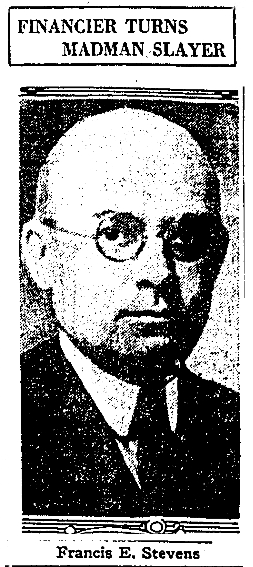 December 8, 1927
December 8, 1927 They walked and talked along the shady paths and across sun-dappled lawns until they came to the tennis court in the rear. It was 12:15 when father pulled out and brought a pistol to his son’s temple and fired. He was then seen sliding the barrel into his mouth and pulling the trigger, his body crumpling directly next to his son’s.
They walked and talked along the shady paths and across sun-dappled lawns until they came to the tennis court in the rear. It was 12:15 when father pulled out and brought a pistol to his son’s temple and fired. He was then seen sliding the barrel into his mouth and pulling the trigger, his body crumpling directly next to his son’s.
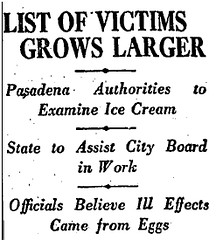 Over 100 Pasadena residents are clutching their guts today, the victims of a recent outbreak of food poisoning. Those affected had all eaten a batch of tainted French vanilla ice cream sold by a local catering company. At first, the toxins were suspected to have come from the copper mixing vats used by the unnamed company; however, after questioning some of its employees, City Bacteriologist C.W. Arthur and City Chemist Frank Marks (how ’bout those job titles!) uncovered the true culprit.
Over 100 Pasadena residents are clutching their guts today, the victims of a recent outbreak of food poisoning. Those affected had all eaten a batch of tainted French vanilla ice cream sold by a local catering company. At first, the toxins were suspected to have come from the copper mixing vats used by the unnamed company; however, after questioning some of its employees, City Bacteriologist C.W. Arthur and City Chemist Frank Marks (how ’bout those job titles!) uncovered the true culprit.



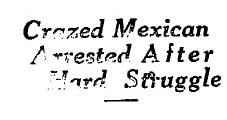

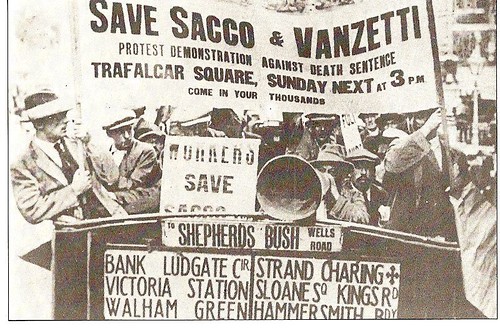 Whether or not the men were guilty of robbery and murder remains a topic for debate. What is certain is that their case was the culmination of the first so-called “Red Scare” which began amid the violence, chaos, and political unrest circling the globe during World War I.
Whether or not the men were guilty of robbery and murder remains a topic for debate. What is certain is that their case was the culmination of the first so-called “Red Scare” which began amid the violence, chaos, and political unrest circling the globe during World War I. 



